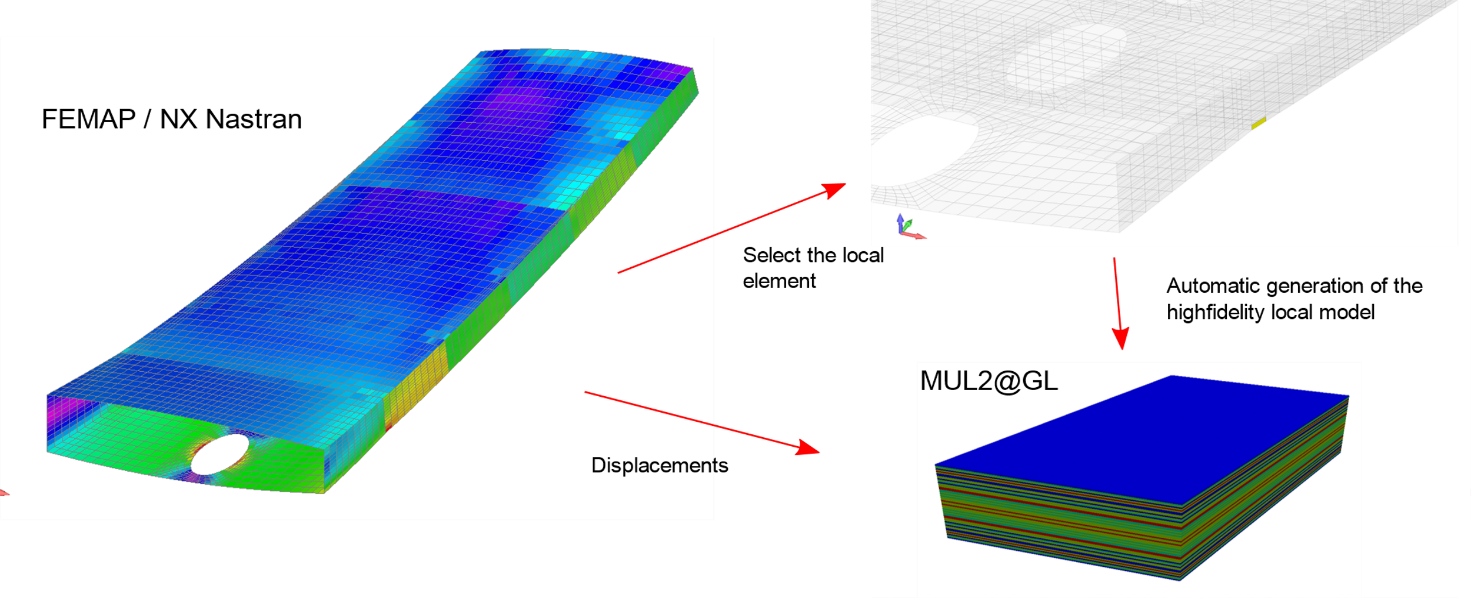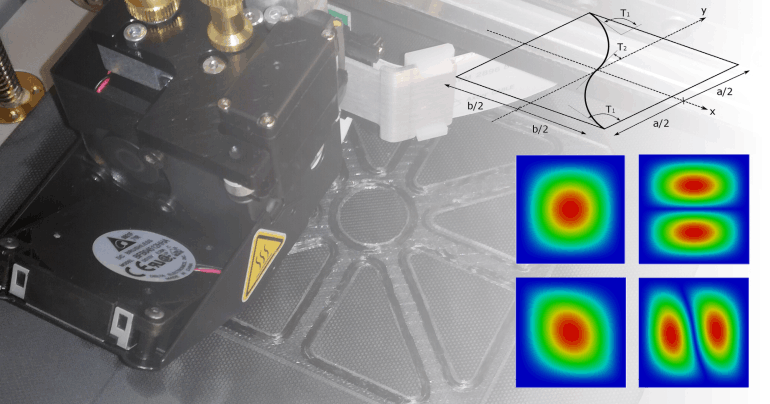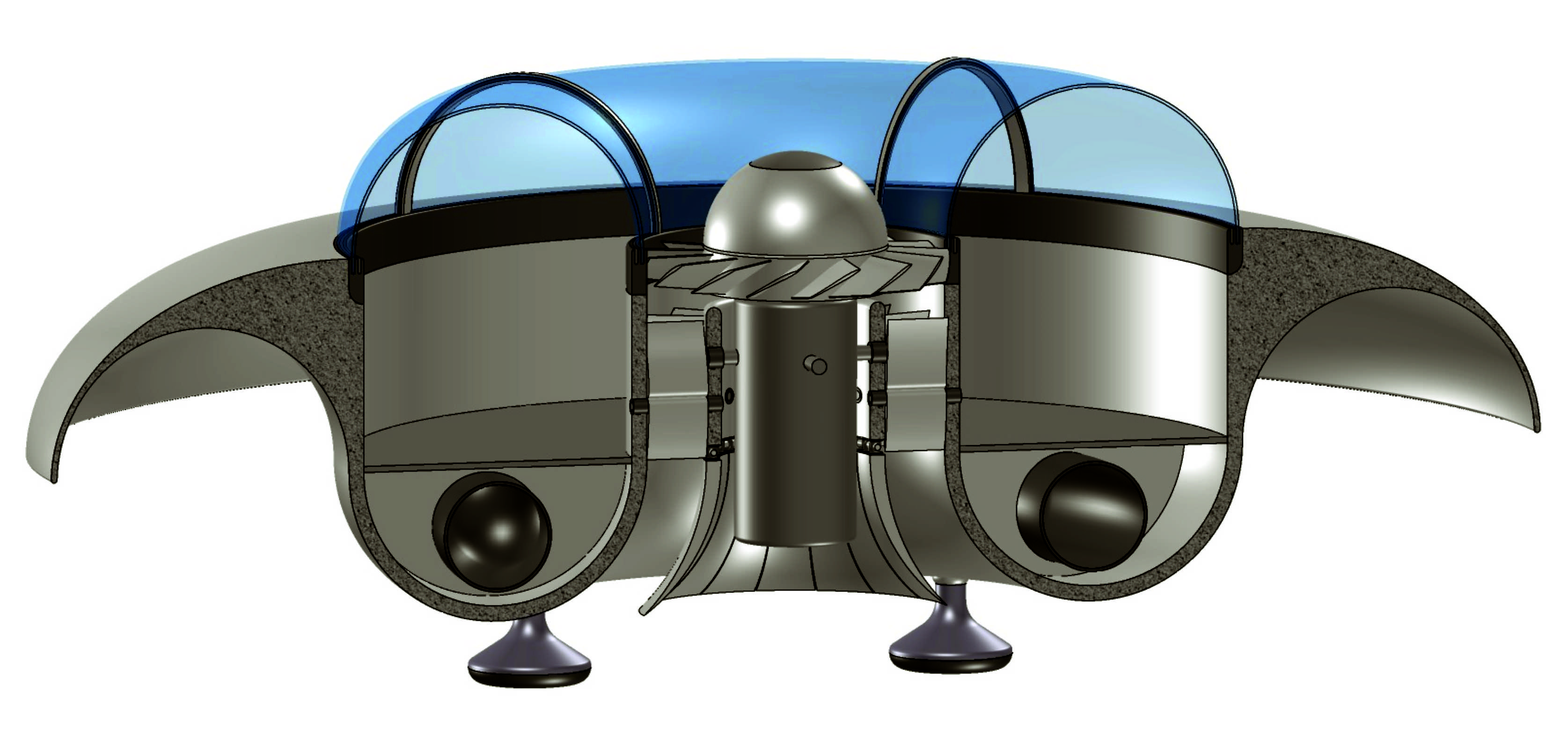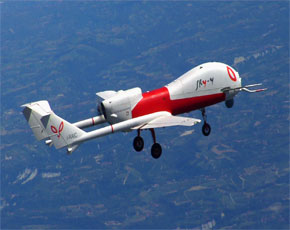The structural modeling of multilayered structures must tackle various phenomena that, usually, are not present in metallic structures. Among the others, the high transverse deformability, anisotropy, coupling between in-plane and out-of-plane strains, layer-wise discontinuous physical properties, and gradients in the strain and stress fields are particularly relevant. Such factors require the proper modeling of shear and normal transverse stresses, and variations of the displacement between two layers with different mechanical properties. The modeling challenges can grow further in many scenarios, e.g., the analysis of residual stress from the curing process, analysis of damaged structures, presence of singularities such as free-edges, use of tens of layers, and the analysis of sandwich structures with soft cores.
MUL2 has developed a suite of modeling capabilities, including layer-wise and component-wise approaches, to handle some of the most critical analyses for the design of composite structures. The current platform can tackle linear and nonlinear analyses with multifold reductions of computational costs if compared to 3D finite elements.
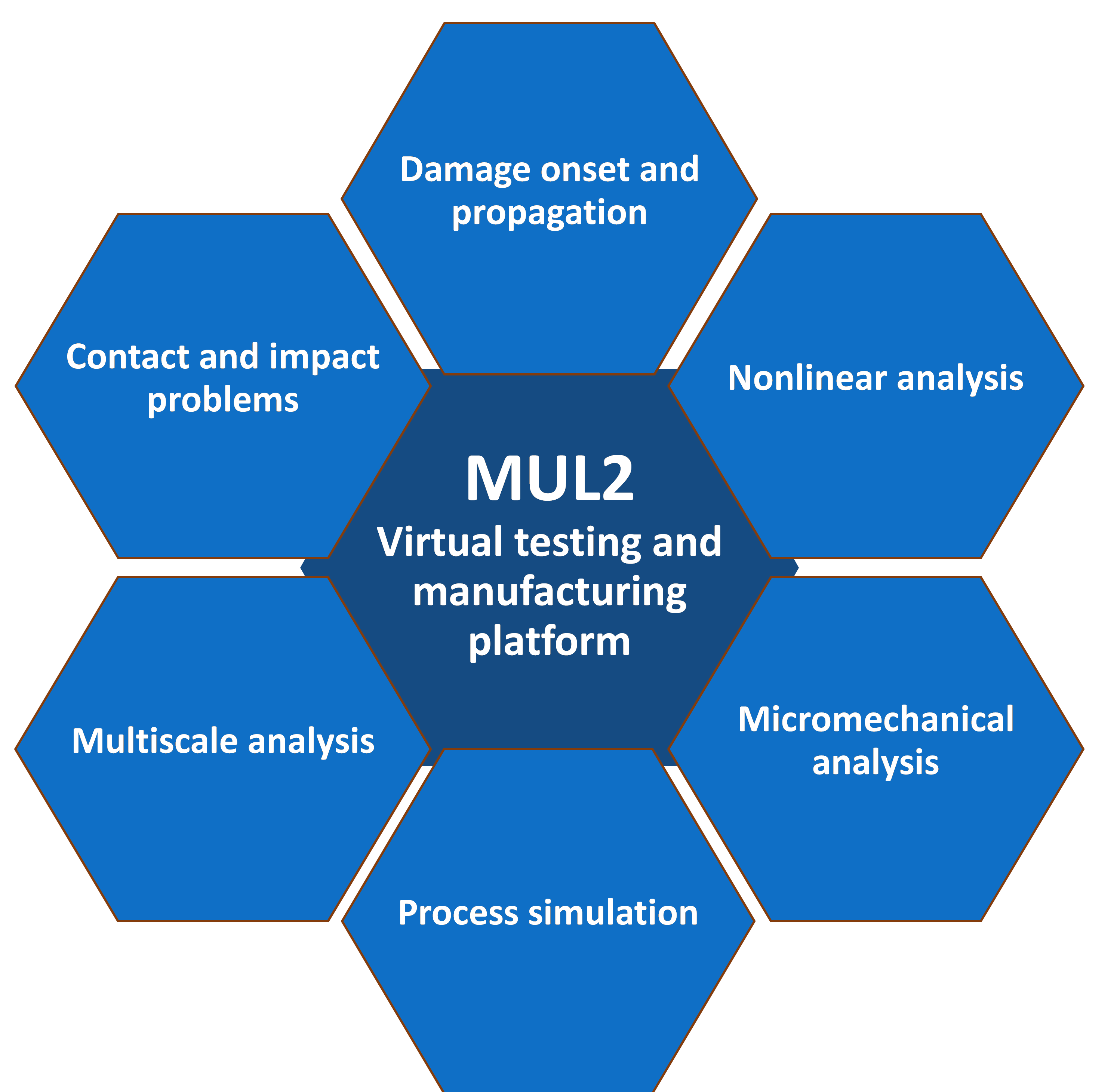
MUL2 Investigators
Erasmo Carrera, Maria Cinefra, Matteo Filippi, Guohong Li, Alfonso Pagani, Marco Petrolo, Enrico Zappino, Manish Hassan Nagaraj, Riccardo Augello, Rodolfo Azzara

